


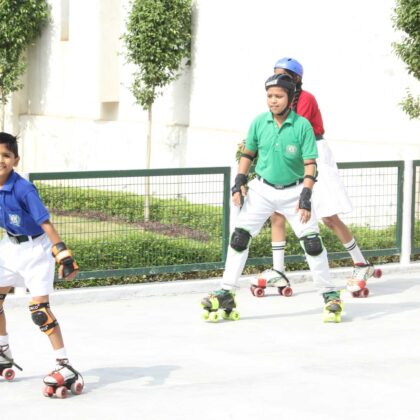

Clubhouses
To help our students find their niche we implore that they partake from an array of clubhouse activities we offer, all well-equipped with state-of-the-art infrastructure and trainers well-versed in the said departments..





Shooting Sport
Shooting as a sport has been practiced since hundreds of years. There are 15 events in the Olympic program, divided into three different groups: rifle, pistol and shotgun. The rifle and pistol competitions are held on shooting ranges, where marksmen aim at targets at distances of 10, 25 and 50 metres. Shooting as a sport demonstrates the accuracy, control, and speed of the shooter in aiming at targets using guns like pistols and rifles. Shooting sports started more than 500 years ago in European countries. It became popular in the US during the 1950s when a national association for this sport was created. Now, this sport is well-known and enjoyed worldwide.
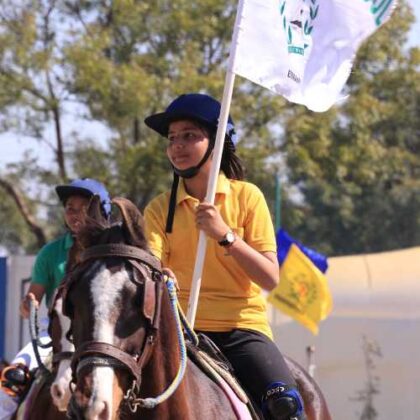


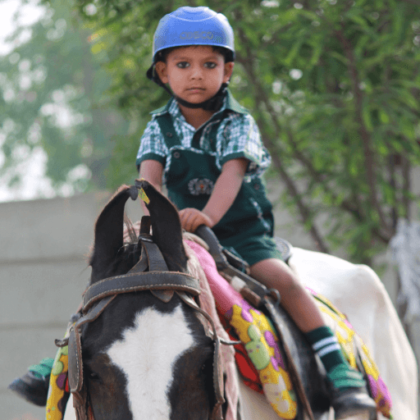



Equestrian
Handling, riding, and caring for a horse or pony can develop a host of positive traits in a child, including responsibility, accountability, patience, level-headedness, empathy, kindness, and self-discipline. Horseback riding improves learning by activating the sympathetic nervous system and increases memory. Riding also presents children with situations such as: getting around obstacles or dealing with uncertain settings, that require problem-solving and quick thinking. Focus and control are further developed the more children ride. For younger children, the simple task of counting ears, legs, and hoof-beats boost both learning and fun.Spending time with animals can be an excellent activity for children of all ages. It teaches empathy, kindness, and treating others with a gentle hand. “Horses are the perfect antidote to today’s digital mania. Children are naturally attracted to horses, making them a welcome alternative to TV-watching, video-game-playing, social-media-obsessing, or just hanging out.” If you choose horseback riding as a regular activity for your child, they will eventually meet new friends. Children who ride horses achieve goals through hard work and determination, which in turn teaches responsibility and accountability. The adage of “get back on the horse” teaches children to face their fear and to keep trying.
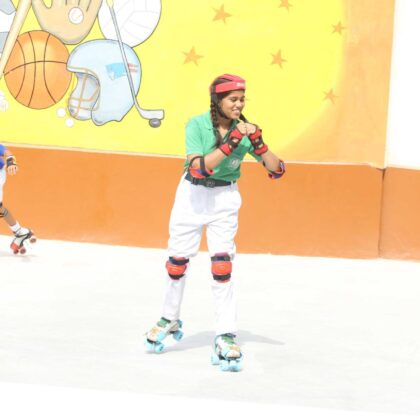
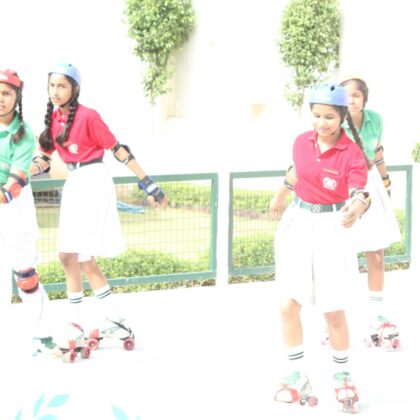


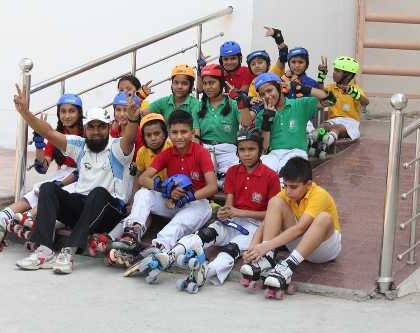
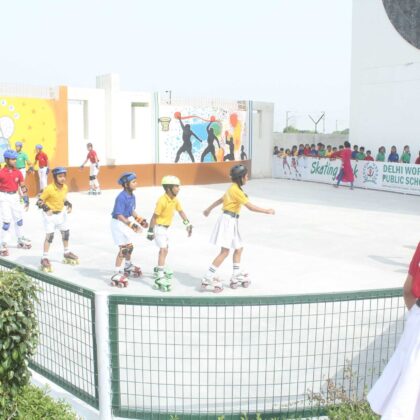


Skating
As Willy Wonka famously stated, “If the good Lord intended us to walk, he never would’ve invented roller skates.” In kids, roller skating can help them build those important muscle groups, but they won’t even notice they’re getting exercise because they’ll be having so much fun. In addition to toning and strengthening muscles, skating also happens to be a fantastic aerobic activity. It gets the heart rate up and the blood pumping, which is good for heart health. Learning to do moves like a crossover, skating backwards, or the moonwalk will challenge them even more and help them develop balance, agility, and coordination skills.



Photography
With all the developments in technology, the advent of specially designed cameras for children and the fact that most of us have a brilliant camera in our pocket at all times in the form of a smartphone, it has never been easier or cheaper for children to get involved in photography in children can develop their learning across the curriculum and enable them to build an understanding of themselves, others and the world around them. Photography for children offers a range of exciting and valuable learning experiences, not to mention some great experiences. The benefits include: Learning a new skill, which can boost children’s self esteem Encouraging planning and presentation skills Allowing children to display their potential through creativity, providing children with the opportunity to be innovative. Our students get hands on training on the Canon EOS range DSLRs under the guidance of an industry professional.



Calligraphy
Calligraphy essentially gives form to letters and characters in an expressive, harmonious, and skillful manner. It is called the art of fancy lettering. Calligraphy is not just about decorated text, nor is it the use of letters as decorations. The word calligraphy is usually defined by its two Greek roots: kalli meaning beautiful and graphia referring to writing. Calligraphy is about symbols themselves being beautifully formed. Calligraphy is not just beautiful handwriting. The first goal of handwriting is to be quickly and easily written and accurately read. Beauty, personality and impact are not as important in handwriting as clarity and speed. Calligraphy aims to produce an ‘art’ reaction. Handwriting aims to be read. The kids can learn calligraphy and use this beautiful form of writing right from their young age. Various styles and fonts are taught using a variety of nibs.

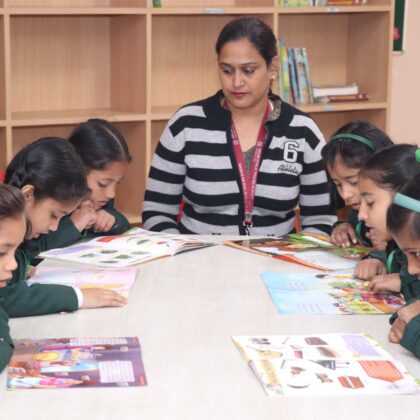

Book Club
The purpose of any club is to bring a community together to learn about and discuss something that matters to them, and a book club is no different. Our program invites small groups of three to six children to read, formulate opinions, and discuss stories from a wide array of genres. This gives kids the chance to discover what types of books interest them most. Often, the thing that prevents children from really exploring literature is a misunderstanding of what is available to them. When kids discover a genre that excites them, they are more inclined to spend time in those literary worlds. The Nook Book Club explores many types of stories and takes into account what our students want to read – providing them with the agency necessary to talk about what they love. Additionally, large groups and overwhelming spaces can sometimes be intimidating. Our cozy literacy studios provide the perfect escape to uncover new adventures through reading.



Public Speaking
Communication is the backbone of any society. It allows us to form connections, influence decisions, and motivate change. Public speaking is one of the most important and most dreaded forms of communication. In the working world, public speaking is a vital skill to have. While some kids take to it naturally, others tend to be more fearful of standing and talking in front of a crowd. Public speaking helps to progress your child in the following: Improved communication skills; increased self-esteem; planning experience and the power of persuasion to namejust a few.


